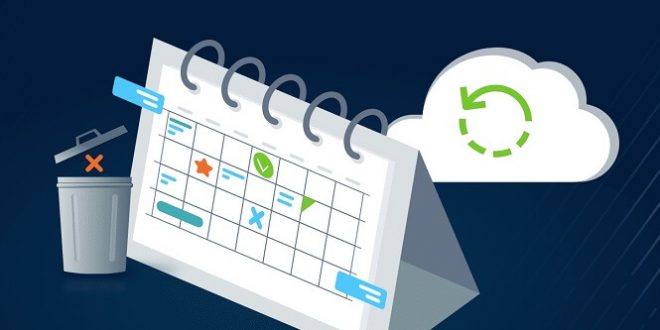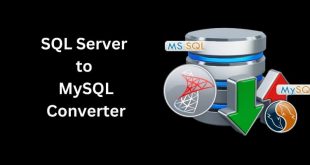The Outlook cloud calendar, which comes with the Microsoft Office package and is used for scheduling tasks, is completely linked with email, contacts, and other capabilities of Outlook. For both individuals and companies, the Outlook cloud calendar offers robust calendar management tools. There are several cutting-edge capabilities in the Outlook calendar that can help your team operate more productively. You can explore the features of an Outlook cloud calendar and cloud calendar sync with Outlook in this quick guide.
Outlook Cloud Calendar Features
The features discussed below are embedded in a typical Outlook cloud calendar. Also, they work hand in hand to achieve a common goal.
1. Appointments and events are enabled:
The Outlook calendar has features that make it possible to schedule appointments and events. There are features for setting up a message or sound to notify you of reminders, meetings, and events. There are also different color options for appointments. Additionally, Outlook offers five calendar views: the day view, workweek view, full-week view, month view, and schedule view. Moreover, users can switch between different views by clicking a button.
2. Cloud calendar sync with Outlook:
Outlook calendar’s effective calendar syncing is one of its benefits. It syncs both locally and online, and more impressively; it is tightly connected with other Microsoft 365 services including the Office 365 suite, Outlook, OneNote, and One Drive. Additionally, it also allows cloud calendar sync with Outlook. Also, you can check Best Microsoft OneNote Alternatives.
3. Meeting organization:
The streamlining of meeting organization functions is provided by the Outlook cloud calendar. This is accomplished by choosing a time on the calendar view, initiating a meeting invitation, and selecting the attendees. The invited guests receive the meeting invitation in their inbox when it is sent via email. The invitees can accept, provisionally acknowledge, or reject your meeting by hitting a single button when they open the request. You may keep note of who agrees to the request, rejects it, or suggests a different date and time as the organizer. Additionally, Outlook provides a time zone function that allows you to adjust the local time to a different one from your own if you operate worldwide.
4. Meeting insights:
This feature analyzes information and data about previous meetings to help users be more effective. It also recommends documents, emails, and files ahead of time for any specific calendar event. Besides this, each user receives unique insights.
5. Offline support:
You can manage your activities without internet access using the local Outlook program; which runs on your desktop. Only when connecting the calendars with other individuals do you require an internet connection for cloud calendar sync with Outlook.
6. Calendar sharing:
Outlook provides three options for calendar sharing. The calendar can be shared with other Outlook subscribers using a Microsoft Outlook Server account, sent to them via email, or published online to a WebDAV host. Employees have the opportunity to access activities that are pertinent to their schedules by using linked calendars among several organizations. When new meetings are booked, this feature connects with Microsoft Teams and notifies the group of people who are attached to the calendar.
Final Thoughts on Outlook Cloud Calendar
The Microsoft 365 productivity suite’s user and employee productivity and efficiency are increased by Outlook cloud calendar features like cloud calendar sync with Outlook. Users may more easily manage their time with the help of these excellent calendar features.
 Free Web Resources , psd, mockups, & web templates Best WordPress Themes & Best Html Templates
Free Web Resources , psd, mockups, & web templates Best WordPress Themes & Best Html Templates








